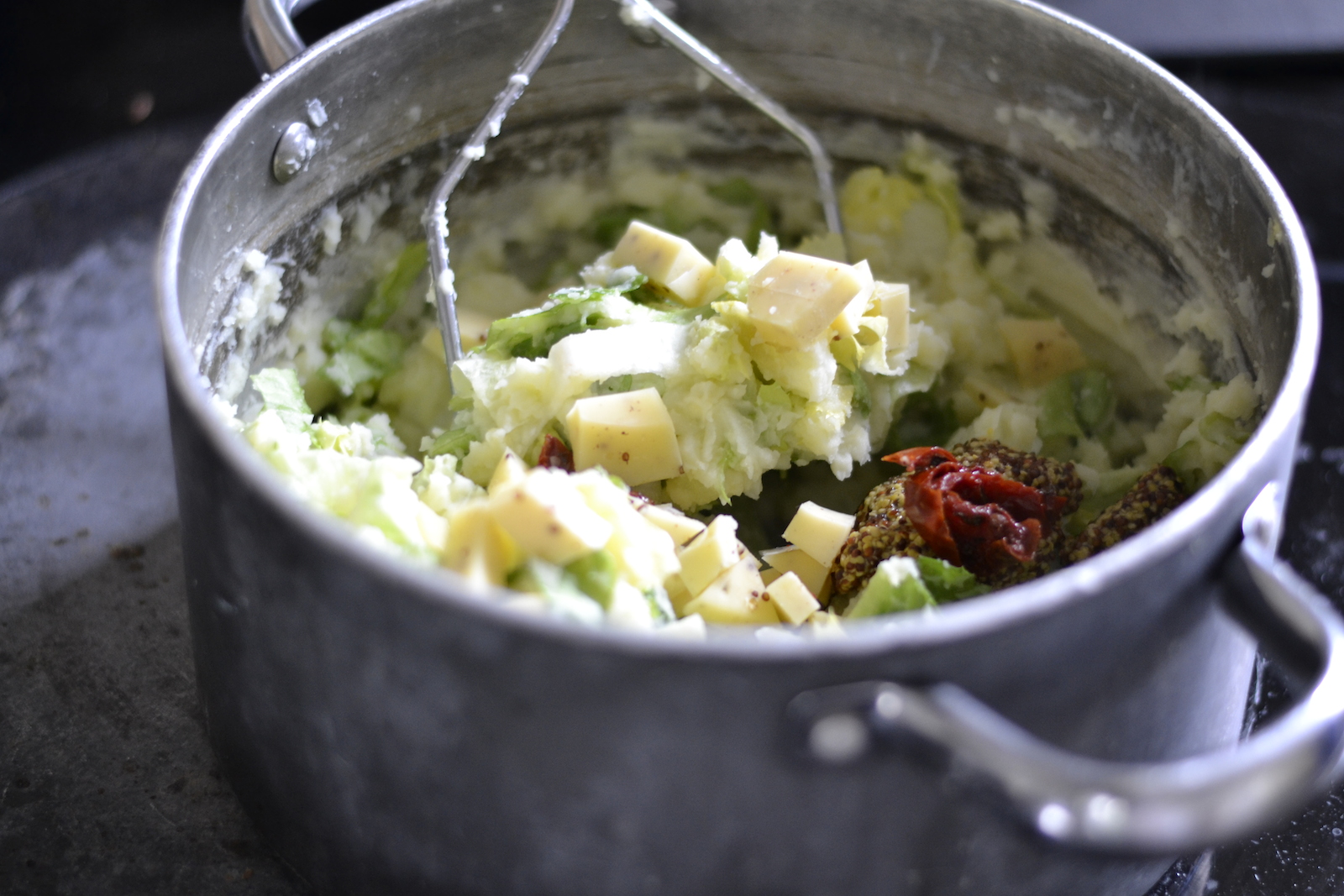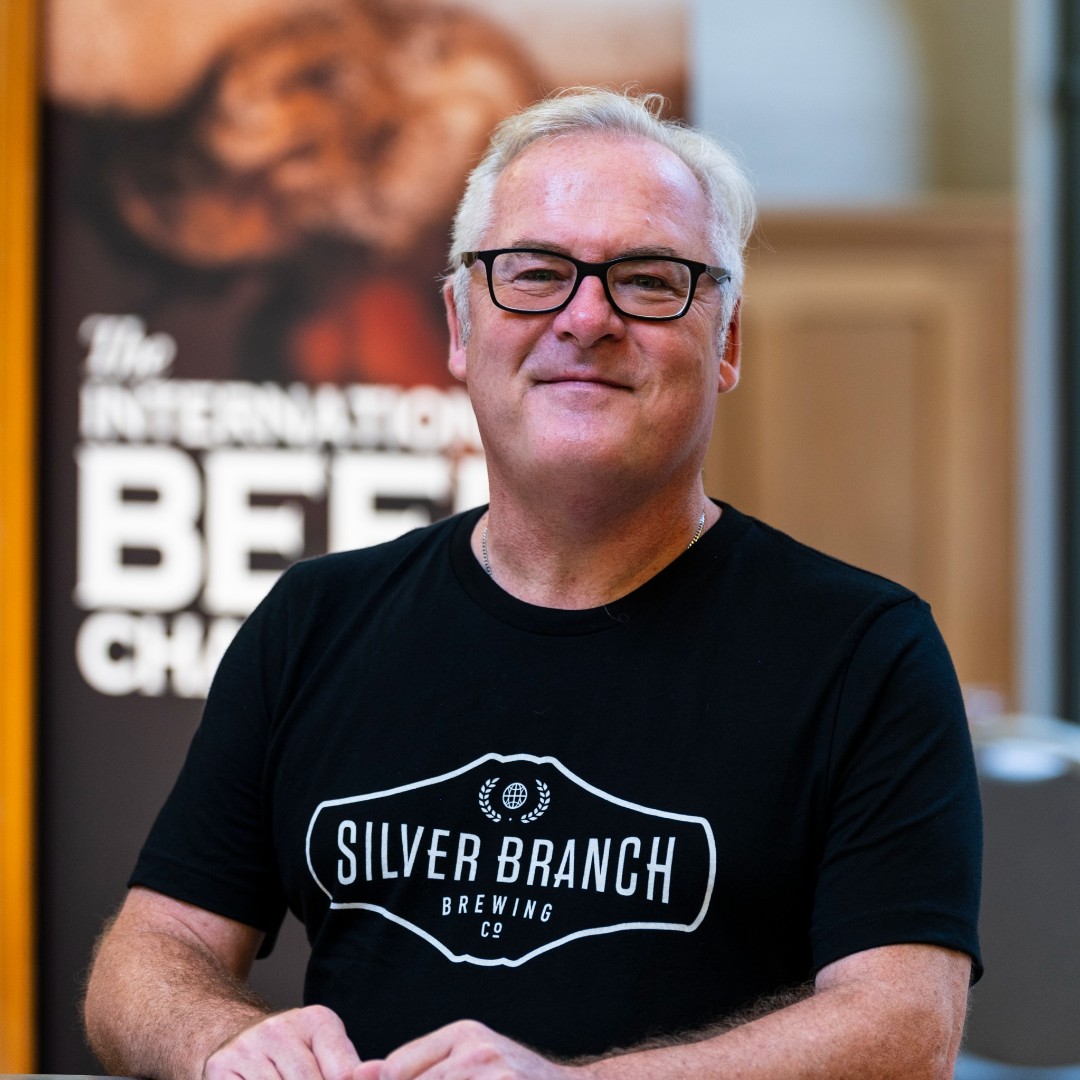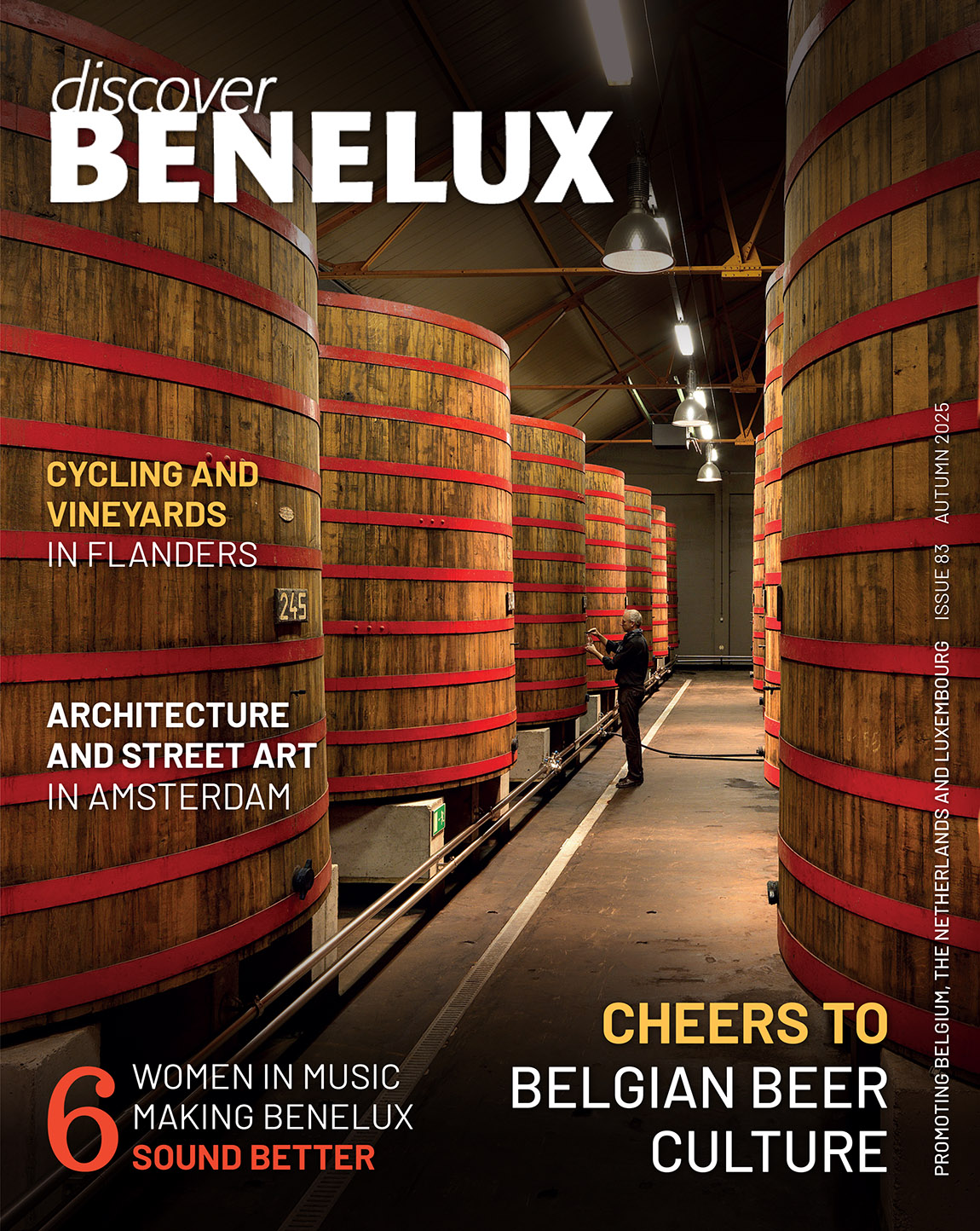A culinary hotchpotch force

In conversation with a Dutchman and in need of a topic? Ask for their favourite ‘stamppot’ (hotchpotch) and a stream of answers will follow. If there is one dish the Dutch absolutely love, it is the traditional hotchpotch.
It is a typical Dutch peculiarity: mashing their food into one big mush. But, with good reason: it is delicious, healthy, and no matter how catastrophic the chef is, anyone can make it. Hotchpotch or stew has many variations, but the base ingredients are always the same: mashed potatoes and vegetables. It is a rich, winter dish, and used to be eaten at lunch. After all, it gave enough energy to be able to work in the fields for the rest of the day. Nowadays it’s a meal for supper, and is more popular than ever.
Hotchpotch history
It is not entirely clear how the basic recipe arose, but we do know some things about the formation of the Dutch hotchpotch. In the Middle Ages many dishes were prepared in a large cauldron or pot. At the time, the potato wasn’t a common ingredient yet. A staple at the time was a pulpy soup-like stew, filled with grains, vegetables and meat.
There is another ancestor even more akin to the modern Dutch Hotchpotch. In the night of 3 October 1574, in the middle of the Eighty Years’ War, the Prince of Orange ordered the bursting of the dykes around the city of Leiden to expel the Spanish occupiers.
As the troops left their camps in a hurry, the people of Leiden found recently cooked dishes: mashed carrots, onions and parsnips. After a very tough time of occupation, with hunger and disease, they instantly loved the food and called it‘hutspot’, a name which is still used today. Eventually the parsnip was replaced by the potato, but that would take several centuries.
Hotchpotch madness
The Dutch love their hotchpotch, and with good reason. Sandra Ysbrandy, famous Dutch TV chef and author agrees: “It is simple to cook, children love it, the basics are very healthy, and there is a lot to experiment with; you can unleash your imagination.”
Ysbrandy is also the face of the hugely popular hotchpotch contest, organised by the Dutch TV-show Life4You. The best hotchpotch of 2015 will be announced in late February. “People make hotchpotch in every style: Mexican, Greek, anything. I think the best hotchpotch consists of a few good, basic ingredients. Less is more in this case. Too many ingredients make it confusing.” Ysbrandy also has a fair warning about mashing the potatoes: “Do not use a mixer! It makes the potatoes gluey.”
There is a great sense of nostalgia involved: everyone has a grandmother (or father) who could make the best hotchpotch in the world. Ysbrandy: “In my family it is the kale hotchpotch my granny Landje made. After a long day of skating on natural ice, the whole family would come together to
eat her kale hotchpotch. I always want to emulate her recipe, but I have not succeeded yet. Of course, there is also a lot of atmosphere and feeling involved, the Dutch ‘gezelligheid’ (fun, cozy, pleasant), which certainly affects the taste.
Hotchpotch aficionado
Werner Drent must be the world’s biggest fan of the Dutch hotchpotch. He won the World Hotchpotch Championships four times in a row, and recently wrote the children’s cookbook Het grote stamppot boek (the big hotchpotch book). “It is a great dish to teach children to eat their vegetables; mashing and mixing the food so that the vegetables no longer look like vegetables. And anything is possible with hotchpotch.” Drent loves the dish so much, he does rather special things with the leftovers.
“I’m not much for wasting food, so out of the leftovers I create all kinds of other dishes. Bitterballen (a small, round, typical Dutch type of croquette) made out of hotchpotch or hollow a large carrot and fill it with hotchpotch.” Drent goes even further and creates millefeuilles out of it. This may all sound a bit strange to the non-Dutch among us, but once familiar with the hotchpotch, it will all make perfect sense.
Subscribe to Our Newsletter
Receive our monthly newsletter by email





